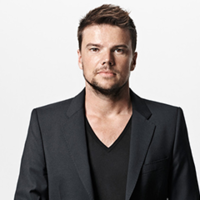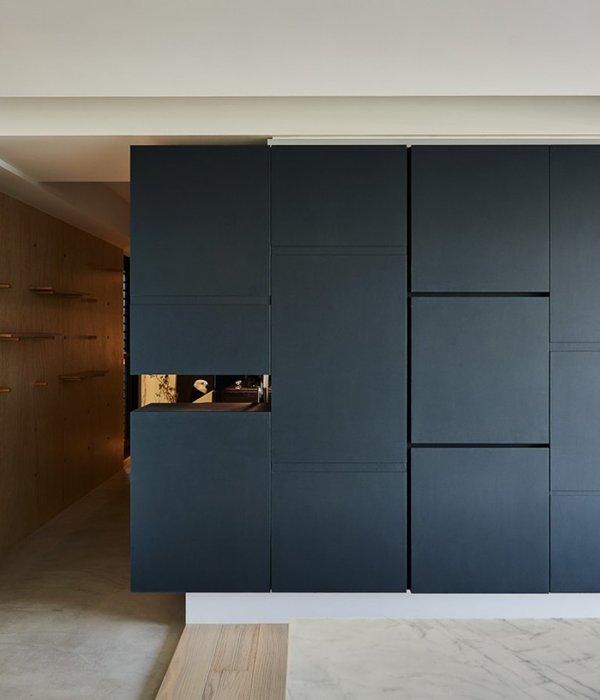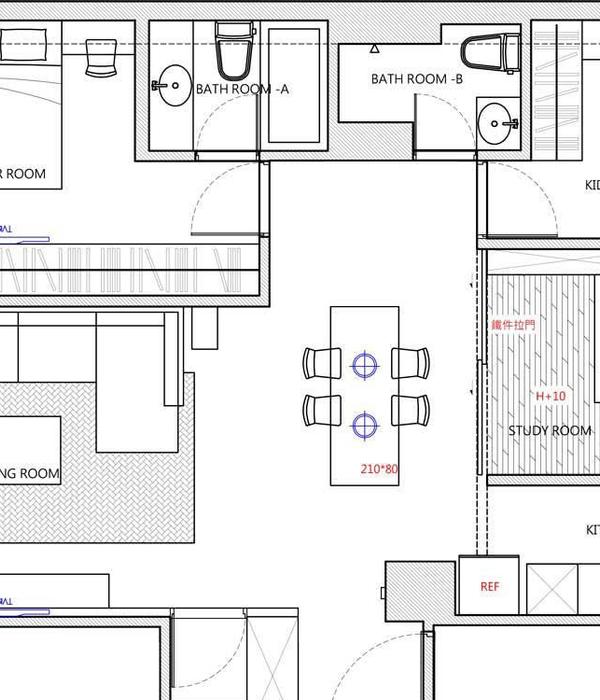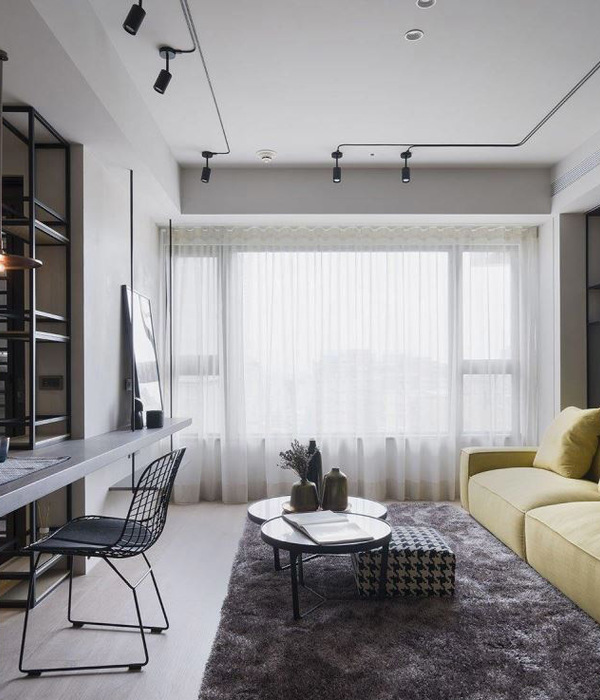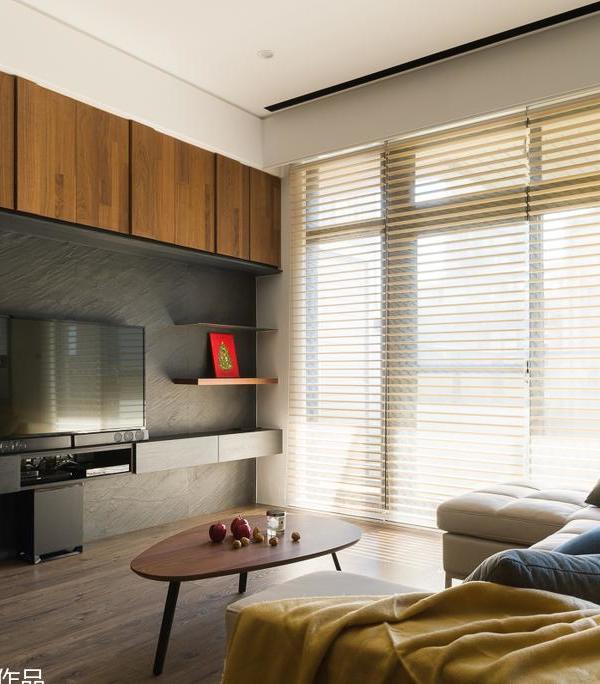哥本哈根环保发电厂 | 屋顶滑雪场与城市公园的完美融合
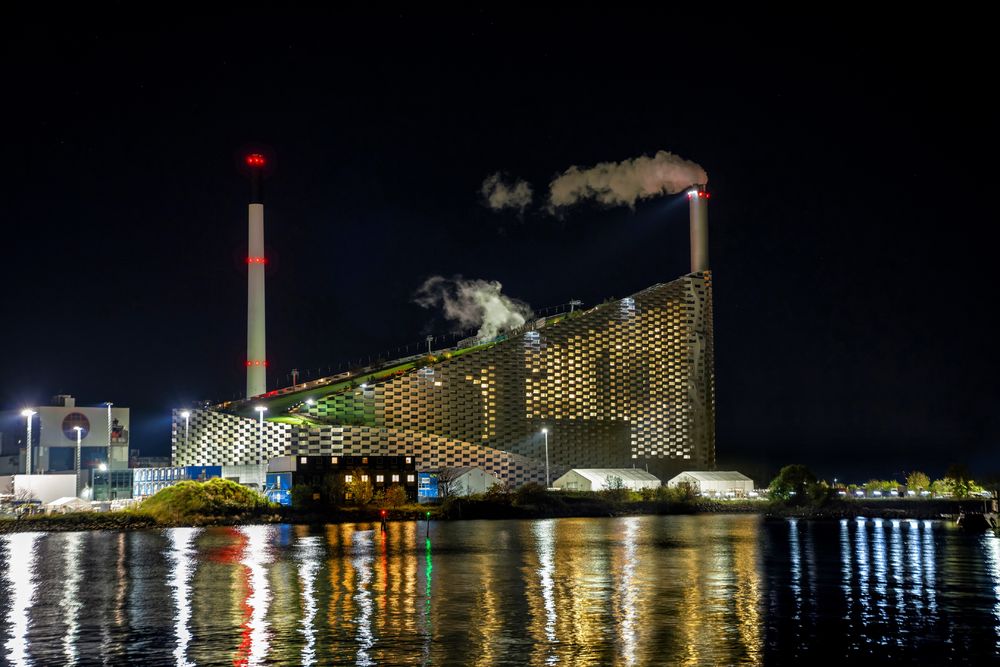
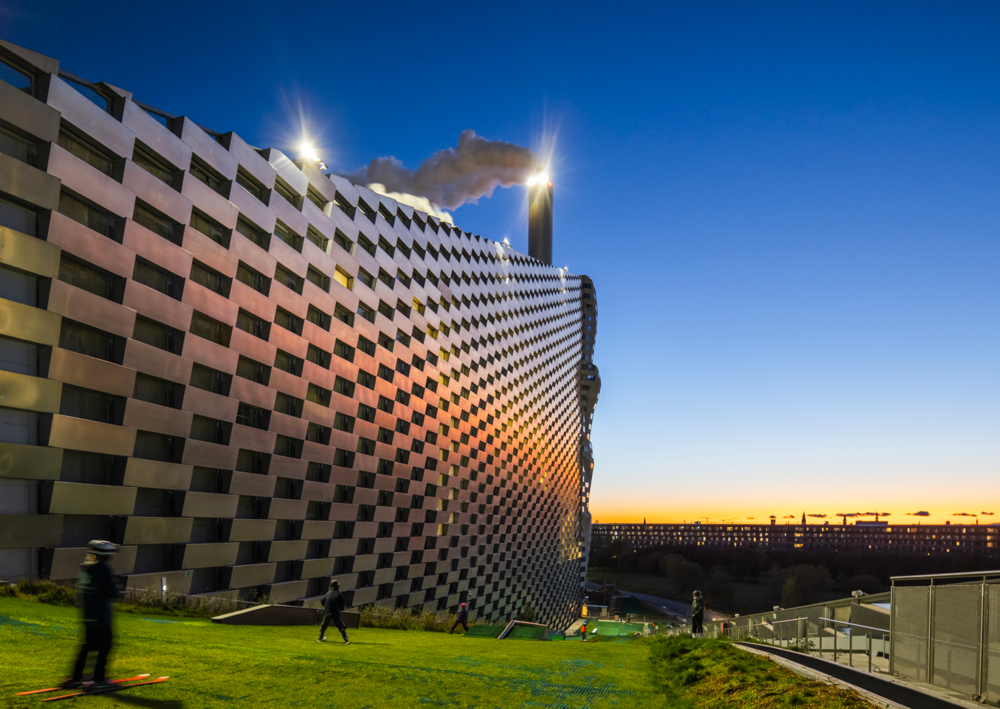
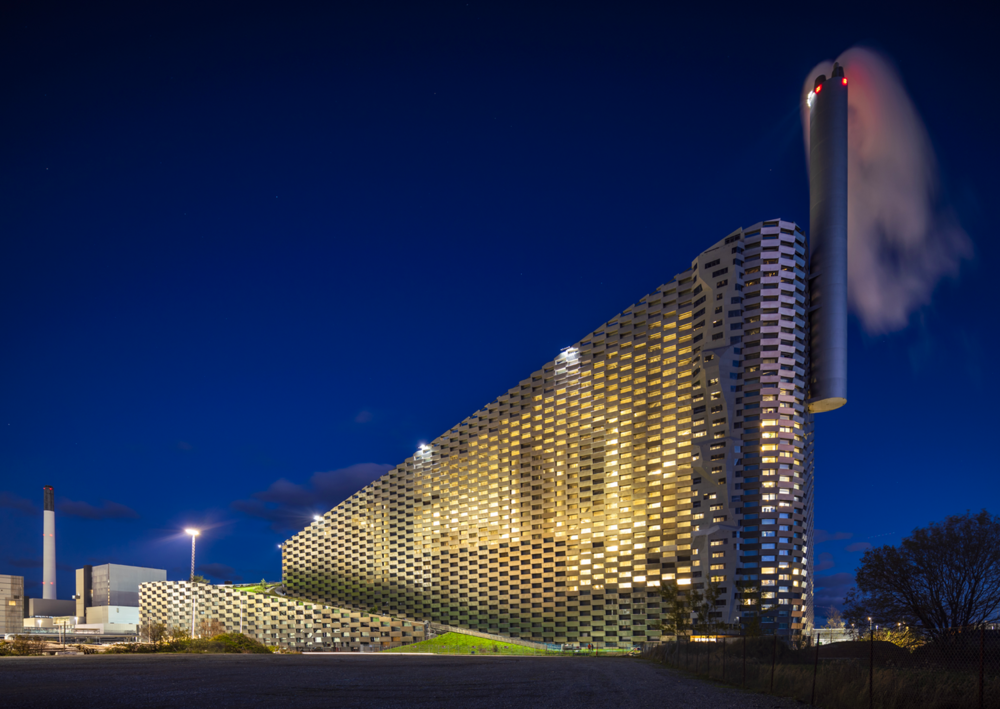
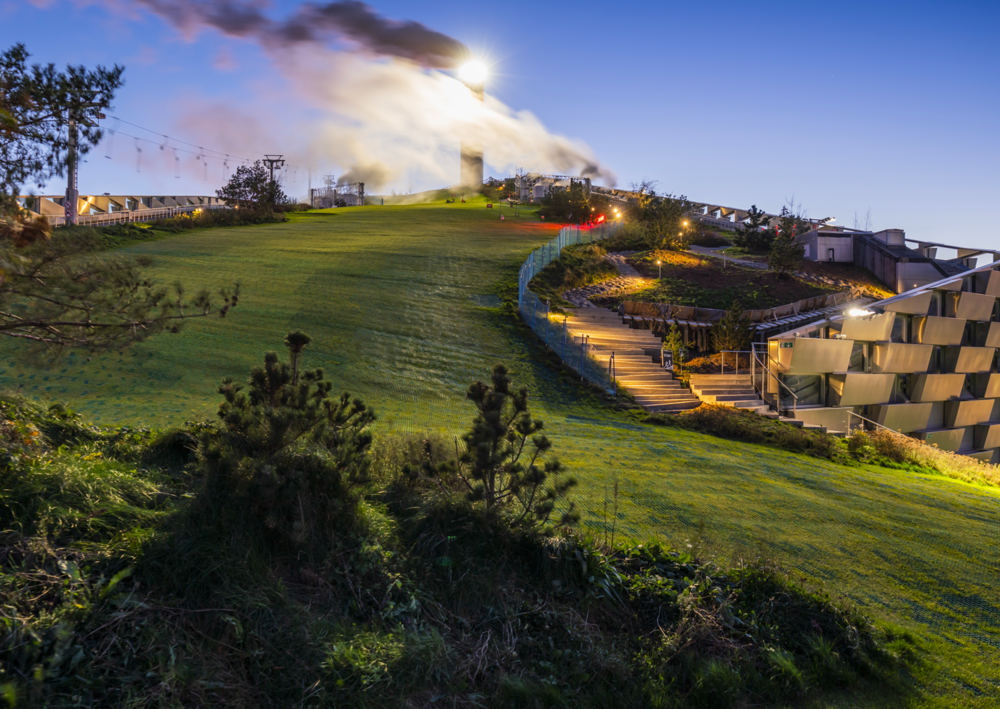
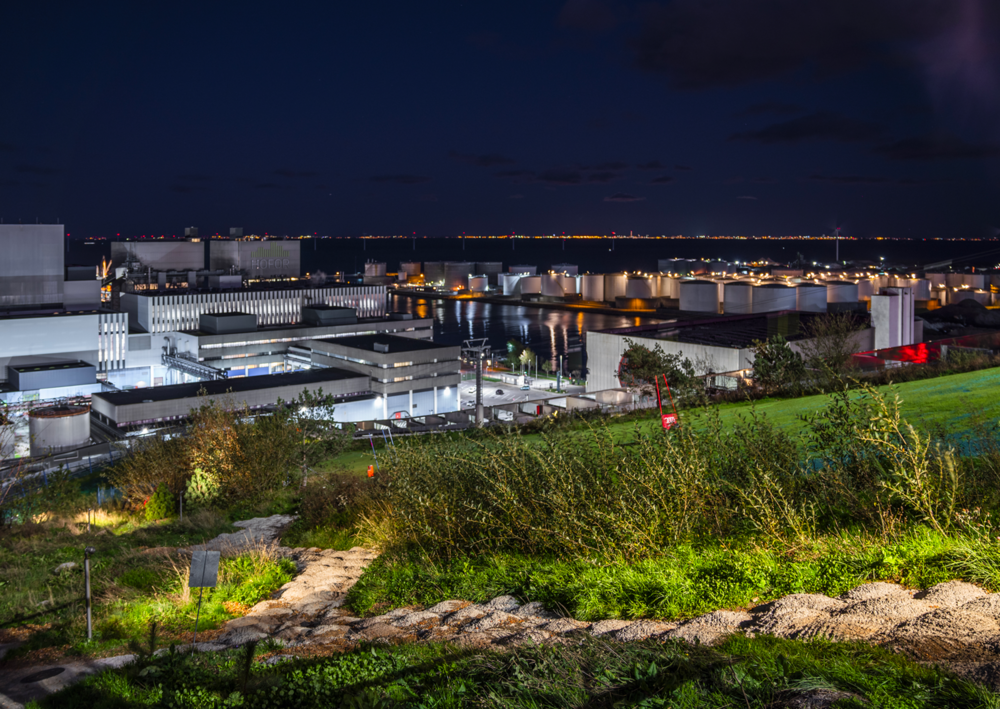
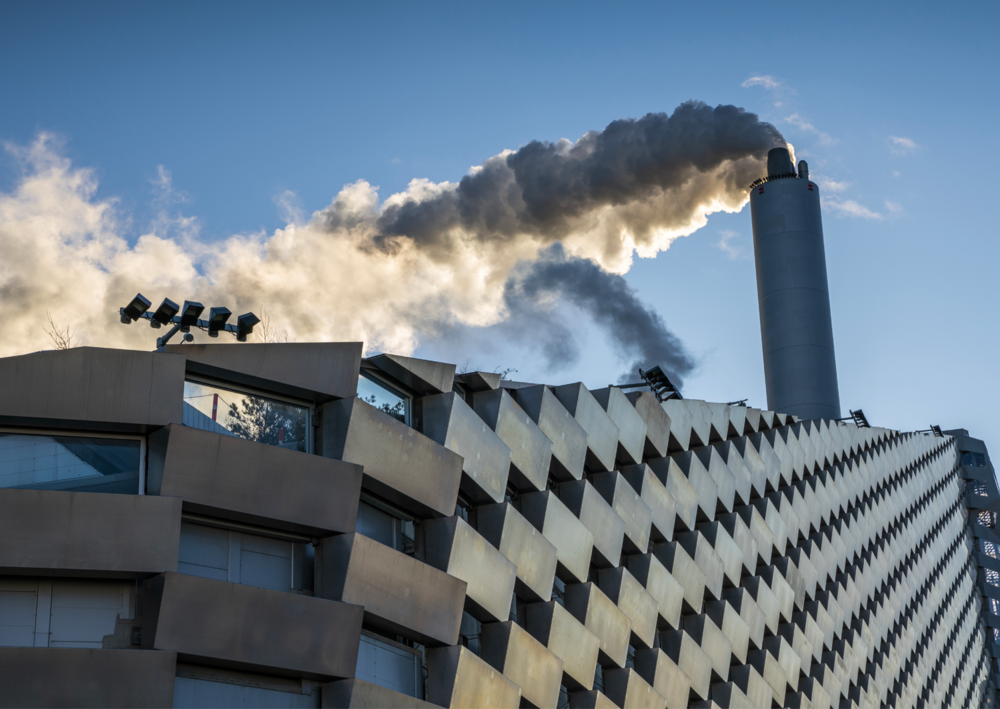
The new waste-to-energy power plant created on the island of Amager, officially opened in October 2019, is an example of Copenhagen’s sustainability-based urban policies, environmental focus and war on climate change that culminate in its aim to become the first zero carbon city in the world by 2025. The origin of the project dates back to 2011 when an international competition was launched to replace the old and obsolete incinerator that had been active on the island of Amager for over 40 years. This island is located between the mainland and nearby Malmö, and is an extremely popular destination for sport and nature lovers and citizens in general. The latest generation waste-to-energy power plant, which is one of the most advanced in the world, was designed by Ramboll engineers and ensures high efficiency and minimum emissions. Copenhill produces energy that is used to heat water and create electricity, which is then transferred to the national grid. 15% - 20% of the incinerated waste is also used for road construction. In addition to being one of the most important installations constructed in the environmental sphere in the Danish capital in recent years, in 2019 the waste-to-energy power plant also became a new urban landmark thanks to its iconic architecture designed by the Bjarke Ingels studio. The architect covered the building, whose original shape is based on the machines that it once contained, with a shiny perforated shell, made from a series of stainless steel rectangles. But what makes this plant particularly innovative is the fact that it is covered by a 600m long slope that starts from an 85m high peak and then slants down, changing direction twice, until it reaches ground level. The project created by BIG and the SLA Architects landscape designers has transformed the building into an urban park that expresses a concept of invisibility, as it hides a waste-to-energy power plant that is so clean, open air sports can be held right under its chimney. SLA Architects has reproduced a part of the island’s mountain with a slope, grass, rocks, earth, trees and small bushes on which a wide range of sports can be enjoyed all the year round. These include, hiking, uphill running, walking and outdoor climbing (on the artificial climbing wall located on a section of the external shell). The ski slope that covers most of the descent has three pistes with different difficulty levels and two ski lifts that can be used all the year round as the synthetic mantle it is covered with allows visitors to ski on it even where there is no snow. The top of the building also houses a viewing terrace and a café that are an ideal place for both sporting and non-sporting visitors to relax in. During the day, the natural light penetrates the metal grid and illuminates the inside of the building, making its stainless steel shine. During long periods of darkness, the building’s artificial lighting is designed to make it stand out on the landscape. To illuminate the slope, Jesper Kongshaug chose Platea Pro floodlights, with a mixture of optics positioned at 4°,12° and 28°. The luminaires are installed at a significant height on the roof of the building and on the top of the chimney in order to illuminate the descent evenly and ensure the pistes are perfectly visible. The floodlights are fitted with anti-glare screens and operate in groups of 5 positioned side-by-side on a specially designed coupling system. Other Platea Pro floodlights are located around the circumference of the chimney. The fact that these luminaires are so high constituted a real challenge in terms of both installation and controlling the required effect. Along the paths that allow visitors to walk to the top of the building the light is less diffuse, so Miniwoody floodlights have been used with a flood optic positioned at 40°. The luminaires are attached to special poles that light up the pedestrian paths and are installed with outer casings that allow them to adapt to the slope of the hill. Both the client and the Lighting Designers were extremely satisfied with the end result, which is also very popular with Copenhagen’s inhabitants.

